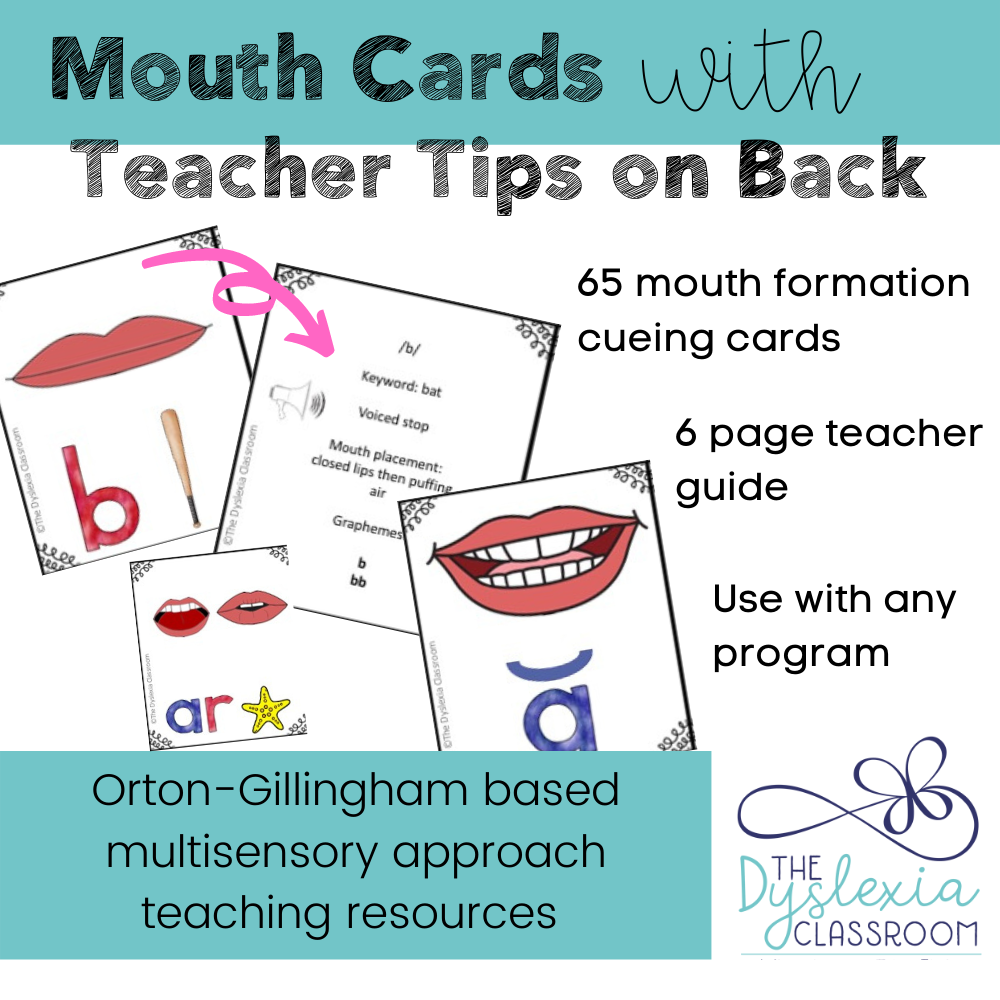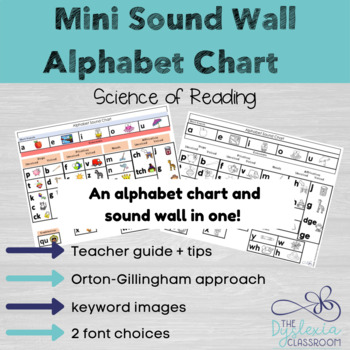Top Strategies to Teach Stop Sounds
Hi, friends! I've recently had quite a lot of requests to chat about the topic of teaching stop sounds. This week, I've created a video detailing effective ways to teach this. I've also included links and information about the resources that I reference in the video. You will find them below. 👇 Click on each image to see more of the product.
When we explicitly teach phonemes' articulatory features, we are helping to create links between the individual speech sounds and the letter representations. These mouth cards are designed to guide and support mouth placement and sound production directly.
The cards tell you where the sound comes from within our mouth (front, middle, or back of the mouth), the manner of articulation (what are the teeth, lips, and tongue doing), and the use of voice or unvoiced sound production to strengthen phonological awareness, reading, and spelling. These mouth formation cues are essential for anchoring sounds to letter representations, especially for struggling readers.
What's included:
- 6-page teacher guide
- 65 mouth cards with corresponding graphemes (front of card)
- 65 cards (back of card) with teacher tips that include: phoneme, mouth formation directions, keyword, articulation notes, list of most common graphemes associated with the phoneme
- cards include short vowels (2 sets), long vowels, consonant pairings (fricatives, affricates, stops), liquids, nasals, combinations, vowel-r including spelling variants, diphthongs oi/oy and ou/ow
These specifically designed cards help you center your instruction on a speech to print approach, provide you with the keyword and teacher directions for mouth formations, and include common spelling variants with quick references to spelling generalizations on the cards. Easy to use for whole-group instruction, small group, 1-on-1 intervention, and more!
This mini sound wall alphabet chart helps your students move from sounds to print. Linking the speech sounds to print is a powerful strategy for students and helps build the necessary connections to those letter-sound correspondences, and this tool can help you teach and reinforce the phoneme-grapheme connections. Perfect for reading and spelling!
What is included:
- keyword images that align with pure sound production
- teacher guide to sound walls
- teacher tips for use
- includes all short vowels, A-Z
- includes the most common spelling variances for /k/, /ch/, /s/, and /j/ including listed by frequency
- 2 different font options
- color printing option
- black + white printable option
I hope this video helps you with teaching stop sounds to your students. Comment below if you would like me to go through all of the sounds in future videos or if you have any questions about the resources.
Have a great week!
Casey

This information is the intellectual property of @2016 The Dyslexia Classroom®. Do not use or repurpose without expressed permission from The Dyslexia Classroom®. Please email [email protected] for permission, and give The Dyslexia Classroom® an attribution if you use, reference, or quote/paraphrase copyrighted materials. This includes but is not limited to blogs, social media, and resources.





